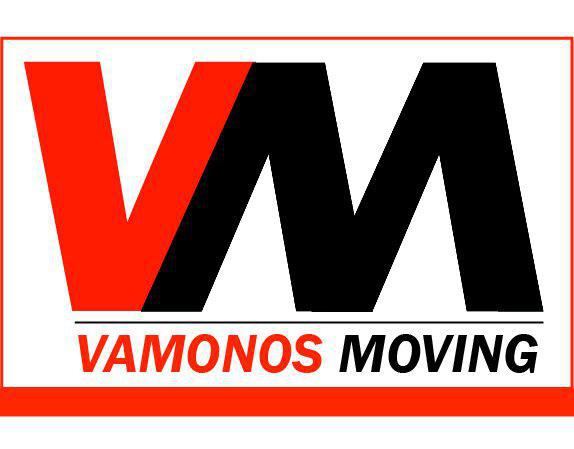
Vamonos Moving
2/5
(301) 613-6895
(301) 613-6895
7547 Spring Lake Drive C2
Company's Membership needs to be upgraded. Please Become a Member pressing below.
Become a member<a href="/best-movers/Maryland/Bethesda/vamonos-moving-llc/"><img width="150" height="133" src="/static/common/images/badge-1.webp" alt="MovingCompany" /></a>To see full content of an review, just click on card that you want to see.

Add a Review